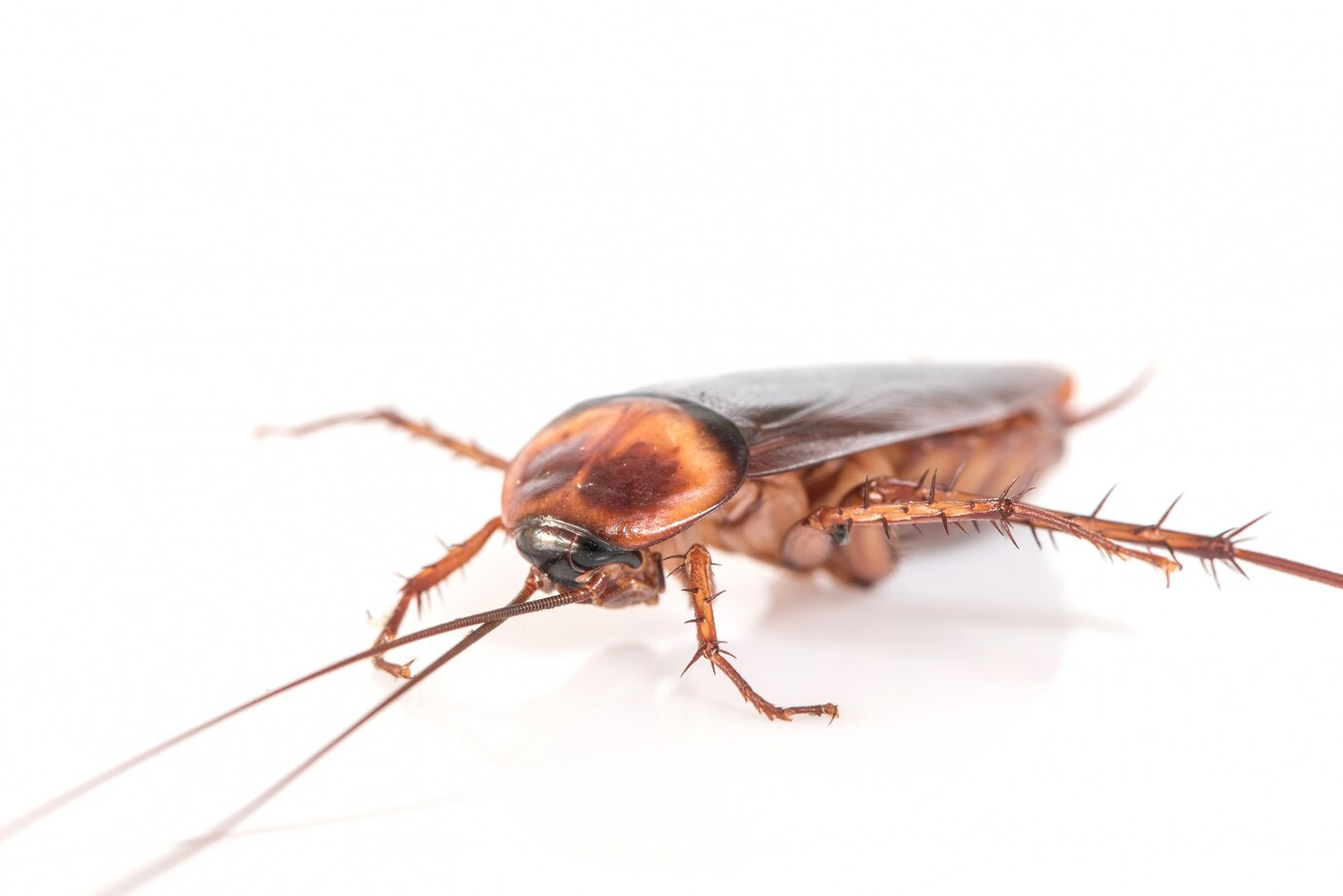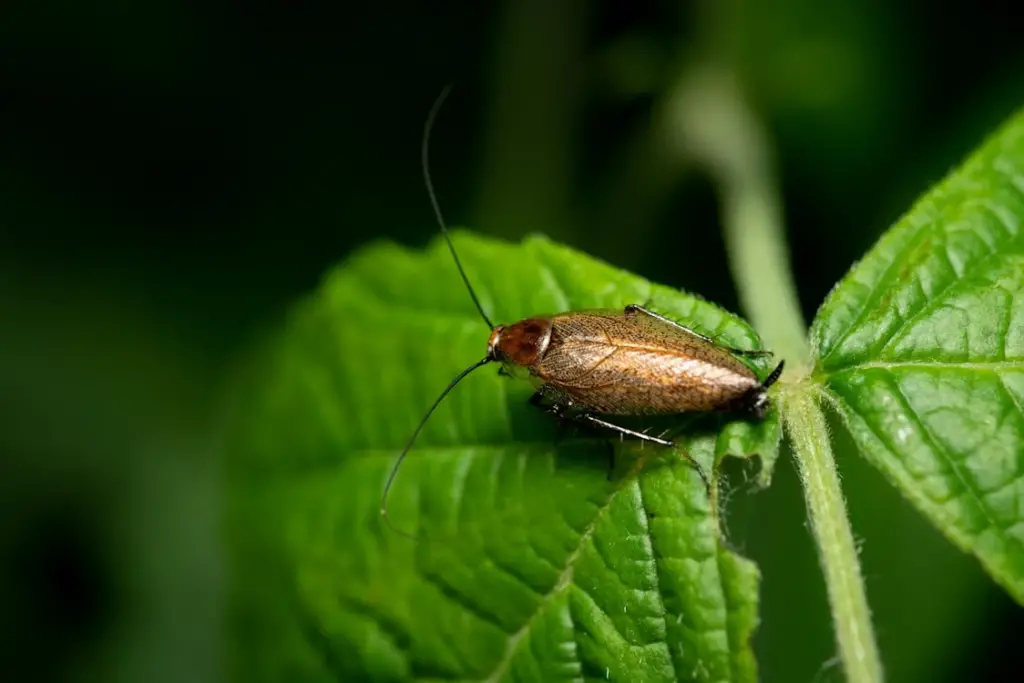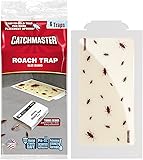Pest Lockdown
Do Cockroaches Die After Laying Eggs?

Cockroaches are one of the most resilient pests known to man. Their ability to survive in a variety of environments and under extreme conditions makes them formidable opponents in the battle against household pests. One question that often arises when dealing with these insects is: do cockroaches die after laying eggs? This article will delve into the reproductive habits of cockroaches, their life cycle, and what happens to them after they lay eggs.
Understanding Cockroach Reproduction
Cockroach Species and Reproduction
There are over 4,000 species of cockroaches worldwide, but only a few are considered common household pests. These include the German cockroach, American cockroach, Oriental cockroach, and brown-banded cockroach. Each species has unique reproductive habits, but they share some common characteristics.
The Reproductive Process
Female cockroaches reproduce by laying eggs encased in a protective capsule called an ootheca. The number of eggs within an ootheca varies by species:
- German cockroach: Typically produces an ootheca containing 30-40 eggs.
- American cockroach: Produces an ootheca with about 15-20 eggs.
- Oriental cockroach: Lays an ootheca containing around 16 eggs.
- Brown-banded cockroach: Produces an ootheca with 10-18 eggs.
The female carries the ootheca for a period before depositing it in a safe location where the eggs can incubate.

Life Cycle of a Cockroach
Stages of Development
Cockroaches undergo three primary stages of development: egg, nymph, and adult.
- Egg: The eggs are laid in the ootheca, which the female places in a secure environment. The incubation period can vary, but it typically ranges from a few weeks to a couple of months, depending on the species and environmental conditions.
- Nymph: After hatching, the young cockroaches, called nymphs, emerge. Nymphs resemble smaller, wingless versions of adult cockroaches. They undergo a series of molts, shedding their exoskeletons as they grow. This stage can last several weeks to several months.
- Adult: After the final molt, the cockroach reaches adulthood. Adult cockroaches have fully developed wings and reproductive organs. The lifespan of an adult cockroach can range from a few months to over a year, depending on the species and environmental factors.
Reproductive Cycle
The reproductive cycle of a cockroach begins when a female mates with a male. Females can store sperm from a single mating and use it to fertilize multiple batches of eggs. This ability contributes to their rapid population growth.
Do Cockroaches Die After Laying Eggs?
The straightforward answer is no, cockroaches do not die immediately after laying eggs. Unlike some insects, such as certain species of spiders and moths, where the female dies shortly after laying eggs, cockroaches continue to live and can reproduce multiple times throughout their lifespan.
Post-Egg Laying Behavior
After laying eggs, female cockroaches continue their normal activities, such as foraging for food and seeking shelter. They may lay multiple oothecae over their lifetime, leading to numerous offspring. This continuous reproduction cycle is one reason why cockroach infestations can escalate quickly if not controlled.
Lifespan After Reproduction
The exact lifespan of a cockroach after laying eggs can vary. Factors such as species, environmental conditions, availability of food, and presence of predators or control measures play a significant role. Generally, adult cockroaches can live for several months to over a year. During this time, a single female can produce several oothecae, each containing multiple eggs.
Implications for Pest Control
Understanding that cockroaches do not die after laying eggs is crucial for effective pest control. Because females can lay eggs multiple times, simply eliminating a few cockroaches will not solve an infestation problem. Comprehensive strategies are required to address all stages of the cockroach life cycle.
Integrated Pest Management (IPM)
Integrated Pest Management (IPM) is a holistic approach to pest control that combines various methods to effectively manage and reduce pest populations. Key components of IPM for cockroach control include:
- Inspection: Regularly inspect your home or business for signs of cockroach activity, such as droppings, egg cases, and shed skins.
- Sanitation: Keep your environment clean and free of food debris. Cockroaches are attracted to food sources, so proper sanitation is critical.
- Exclusion: Seal cracks and crevices where cockroaches can enter and hide. Use door sweeps, caulk, and weatherstripping to reduce entry points.
- Traps and Baits: Use traps and baits to monitor and reduce cockroach populations. Baits are particularly effective because cockroaches carry the poison back to their nests, affecting other members of the colony.
- Professional Help: In severe infestations, seek assistance from pest control professionals who can implement advanced treatment methods and provide ongoing monitoring.
- Chemical Treatments: When necessary, use insecticides to target cockroaches. It’s important to follow the label instructions and consider the safety of humans and pets. Here are some of our favorite tested pest control products for cockroaches:
- READY TO USE: Cockroach and Insect glue traps are pre-scented and are intended for use without additional roach bait. The cockroach trap can be folded into a tunnel if used in areas with debris or dust. The tight space of the tunnel also mimics small areas roaches may use for harborage. The indoor insect trap is scented with a special formula to attract insects. Our products are tested under the harshest field conditions to ensure maximum reliability for any level of pest control expert.
- YEAR-ROUND PROTECTION: Catchmaster glue traps are safe, non-toxic and mess-free. This roach killer is an effective alternative to standalone glue boards that may not hold up as well in damp or humid areas like basements or bathrooms. When placed in an area with normal conditions, roach traps indoor can last up to one full year.
- HOME & FAMILY SAFE: Designed to help you keep your family protected and safe from unwanted pests in your home, Catchmaster’s cockroach killer is intuitive, secure and effective. The sticky traps are easy to place; simply put the bug catcher indoor against walls & along pathways to catch unwanted bugs and insects.
- TOTAL COVERAGE: The insect killer can be used indoors in residential, commercial, or industrial buildings, and sensitive areas where rodenticides or snap traps are undesirable or prohibited. Our glue boards are proudly made in the USA, fast acting and non-toxic, keeping your family and home safe from pests!
- INTELLIGENT PEST MANAGEMENT: At our core, we are dedicated pest detectives. We believe in utilizing a science-based approach to integrated pest control. We call this approach Intelligent Pest Management. We leave no stones unturned when it comes to pests and we have unwavering conviction in our products.
Sale
Raid Concentrated Deep Reach Fogger, 1.5 OZ (2)
- Kills ants, roaches & spiders
- Penetrates into cracks & crevices to kill bugs where they live & breed
- Keeps killing for up 2 months
- Non-staining. No wet, messy residue.
- Deep Reach fogger
Sale
Maxforce FC Magnum Roach Gel Bait (Two 33g Tubes)
- For use in: indoors or outdoors, in commercial or residential areas. Keep tightly capped and use within 2 years.
- Application: Do not spray near baits, do not use heavy detergents or cleaners, or do not use in very dusty area.
- Gel will dry out and get a dry skin on top but roaches will still eat it up to a year. However, if contaminated or gone, reapply.
- Pet safe: yes, when used as directed ALWAYS READ THE LABEL BEFORE USE!!
Importance of Early Intervention
When cockroaches settle in your home, you are at risk of catching diseases being moved around by these roaches. Moreover, because cockroaches can reproduce rapidly and do not die after laying eggs, early intervention is essential to prevent small infestations from becoming large ones. Regular monitoring, combined with prompt action when cockroaches are detected, can help maintain control.
Cockroach Survival Tactics
Cockroaches are known for their survival skills, which contribute to their persistence as pests. Some of these tactics include:
Adaptability
Cockroaches can adapt to a wide range of environments, from tropical climates to temperate regions. They can survive in homes, restaurants, hospitals, and other buildings where food and water are accessible.
Resistance to Insecticides
Over time, cockroaches can develop resistance to certain insecticides. This resistance makes it challenging to control their populations using chemical treatments alone. Rotating different types of insecticides and combining them with other control methods can help mitigate resistance.
Nocturnal Behavior
Cockroaches are primarily nocturnal, meaning they are most active at night. This behavior helps them avoid predators and human activity. It also makes it harder to detect them until the infestation is significant.
Natural Predators
While cockroaches are resilient, they do have natural predators that help keep their populations in check in the wild. These predators include:
- Spiders: Many spider species prey on cockroaches.
- Ants: Some ant species, such as fire ants, will attack and eat cockroaches.
- Centipedes: Centipedes are known to feed on cockroaches.
- Birds: Certain bird species, like chickens, will eat cockroaches.
Introducing natural predators into a home environment is not a practical solution for pest control, but understanding the natural checks on cockroach populations can provide insights into their behavior and ecology.

Conclusion
The question, do cockroaches die after laying eggs?, can be answered with a clear “no.�? Cockroaches continue to live and reproduce after laying eggs, which contributes to their reputation as persistent and challenging pests. Understanding the reproductive habits and life cycle of cockroaches is essential for effective pest management. By employing a combination of sanitation, exclusion, traps, baits, and chemical treatments, it is possible to control and reduce cockroach populations. Early intervention and ongoing monitoring are key to preventing infestations from becoming unmanageable.
In summary, the resilience and reproductive capabilities of cockroaches mean that a comprehensive and proactive approach is necessary to keep these pests at bay. Whether dealing with a minor incursion or a severe infestation, knowledge of cockroach behavior and effective pest control strategies is your best weapon in the battle against these tenacious insects.
Frequently Asked Questions
What do German cockroach eggs look like?
German cockroach eggs are enclosed in an ootheca, a capsule-like case. The ootheca is light brown and typically measures about 6-9 mm in length. It has a distinct ridged appearance and contains around 30-40 eggs. The female German cockroach carries the ootheca until just before the eggs are ready to hatch, ensuring they are placed in a secure location.
How long do roach eggs take to hatch?
The incubation period for cockroach eggs varies by species and environmental conditions, such as temperature and humidity. Generally, cockroach eggs take anywhere from a few weeks to a couple of months to hatch. For instance, German cockroach eggs typically hatch within 28-30 days, while American cockroach eggs may take around 44 days to hatch.
What is the cockroach lifespan?
The lifespan of a cockroach depends on its species and environmental factors. On average, cockroaches live from several months to over a year. For example, German cockroaches have a lifespan of about 100-200 days, while American cockroaches can live up to a year or more. Throughout their lives, they go through several molts before reaching adulthood and continue to reproduce until they die.
How many babies do roaches have?
The number of offspring a cockroach can produce varies by species. A single female cockroach can produce multiple oothecae during her lifetime, each containing numerous eggs. For example, a German cockroach can produce up to eight oothecae, with each containing 30-40 eggs, resulting in hundreds of offspring. American cockroaches, on the other hand, produce fewer oothecae, with each containing 15-20 eggs, but can still result in a significant number of offspring over their lifespan.
Last update on 2024-06-15 / Affiliate links / Images from Amazon Product Advertising API. Please note that this page contains affiliate links, and we may make a commission from any purchases made through these links, at no additional cost to you.



